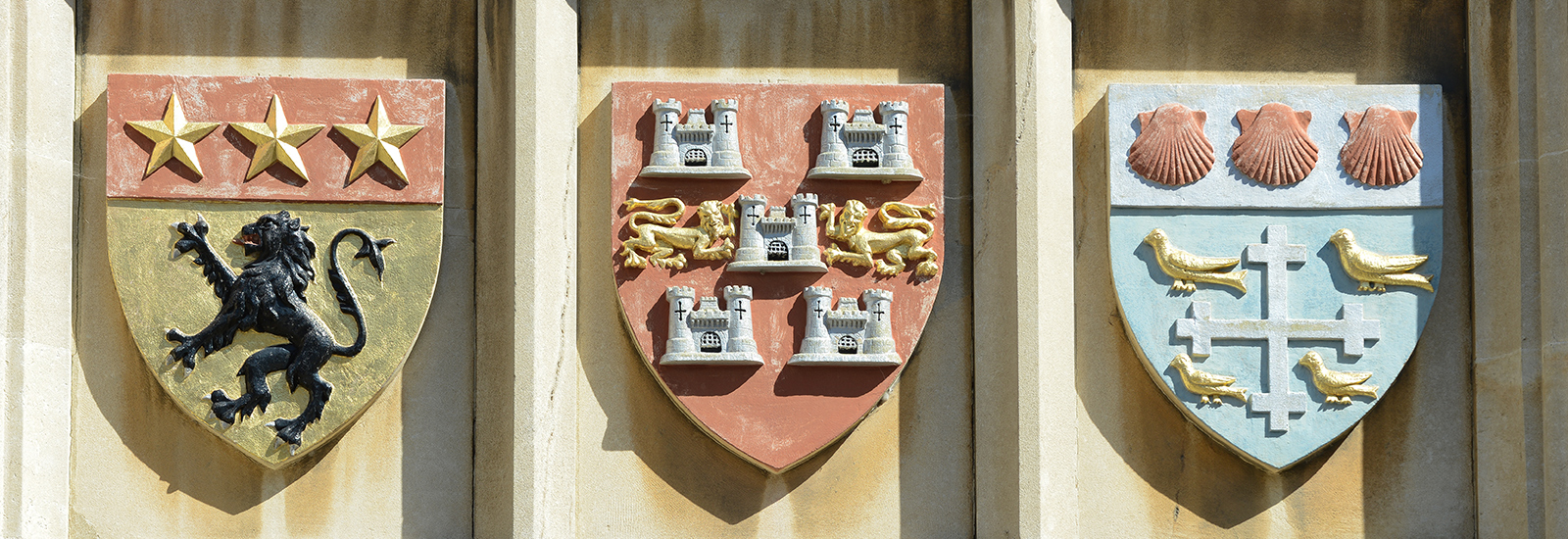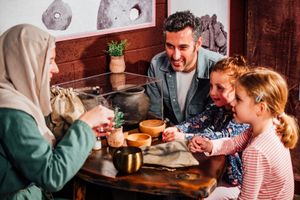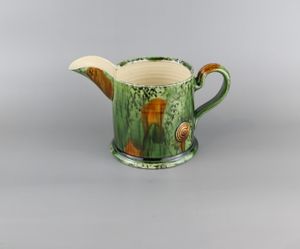This October, Winchester Museum celebrates 120 years since its 1903 completion as the first purpose-built museum outside of London, of which Alderman Jacob was instrumental in developing.
In today's article, Winchester Museums Visitor Experience Assistant, Ellie, looks back on the museum's fascinating history.
Before the opening of City Museum in The Square, The Winchester Museum began its life as part of the Guildhall, alongside the 1874 temporary exhibition of art, as curated by Henry Moody.
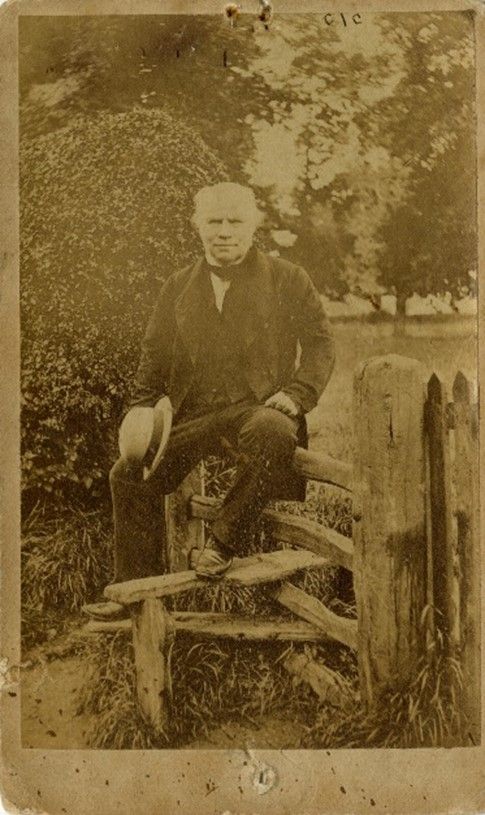
Alderman Jacobs' growing interest in museum matters saw him open The Westgate, one of the surviving Medieval gates in the city, to the public in 1898. First, he stripped the walls of their plaster and revealed the interesting carvings and prisoners’ graffiti we see today, before moving some of the museum’s collections onto the site. This was the first time The Westgate had been opened to the public.
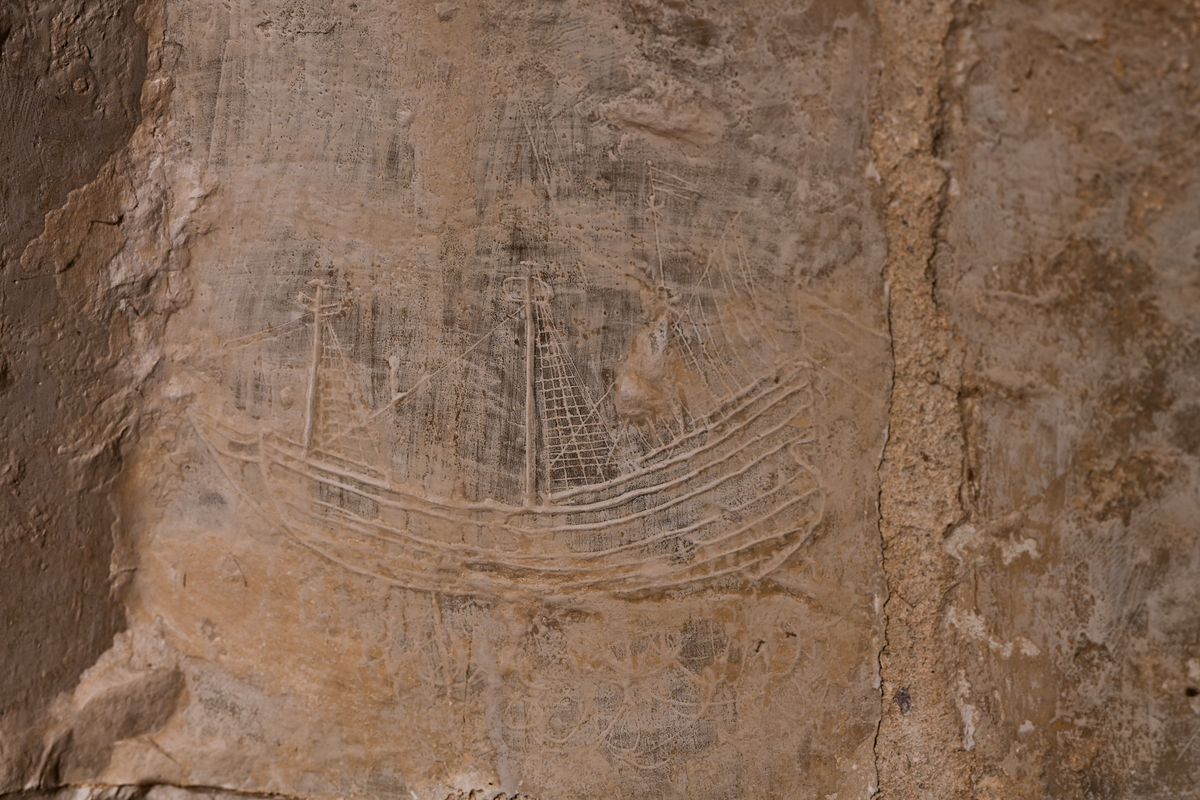
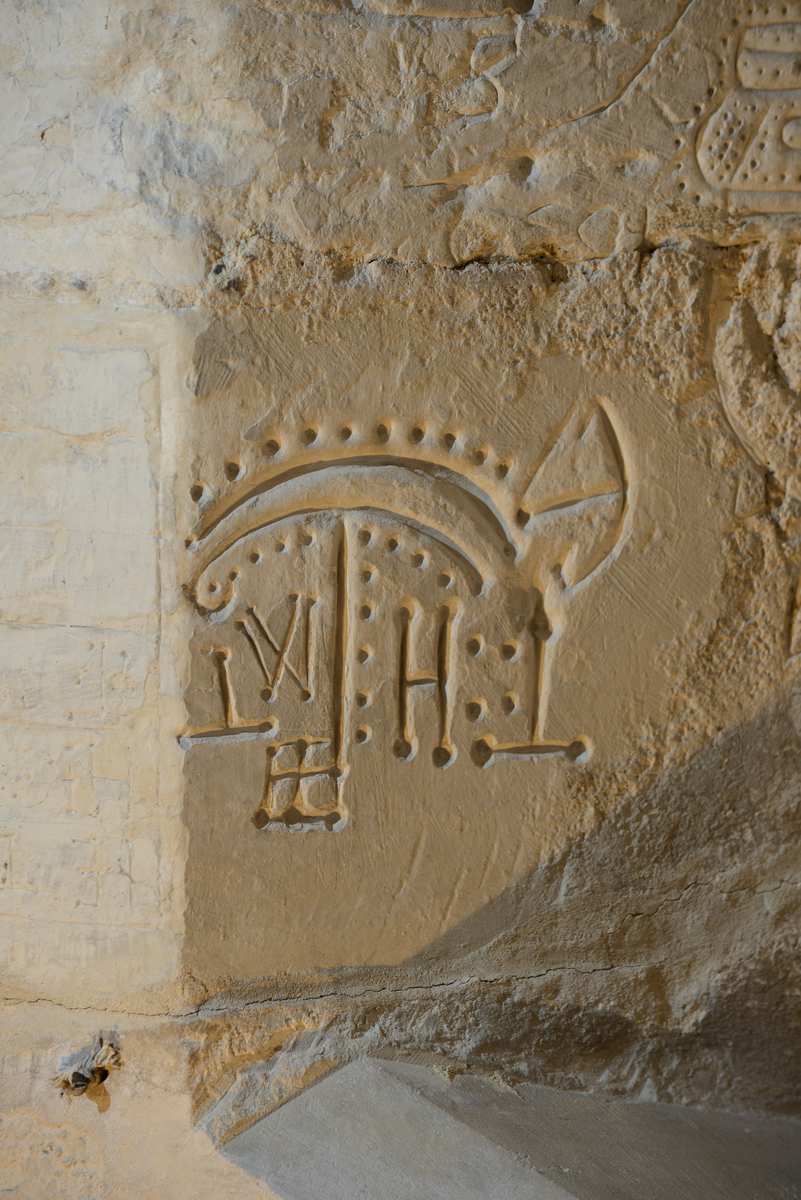
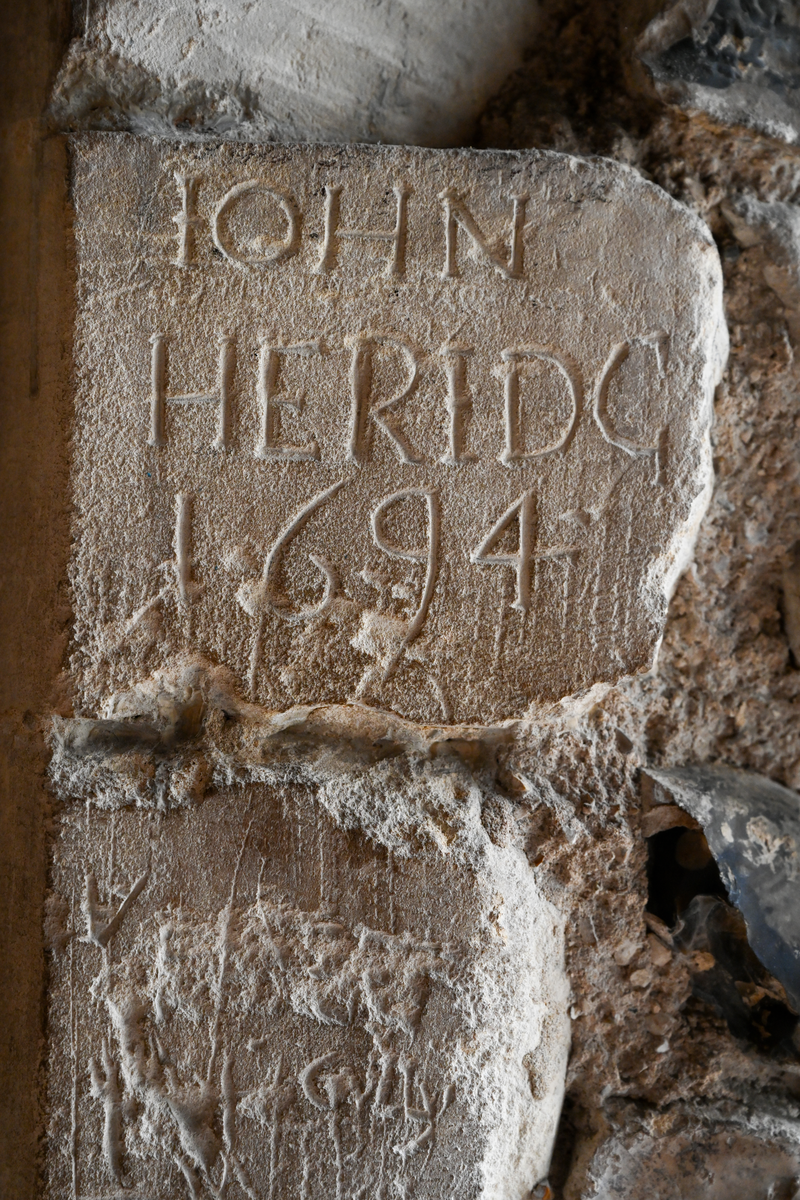
Prisoner's wall graffiti as seen today at Westgate Museum.
Following the success of this venture and interest from the public in enjoying The Westgate as a Museum, Alderman Jacob then played an instrumental role in helping to open Winchester City Museum in The Square on 15 October 1903.
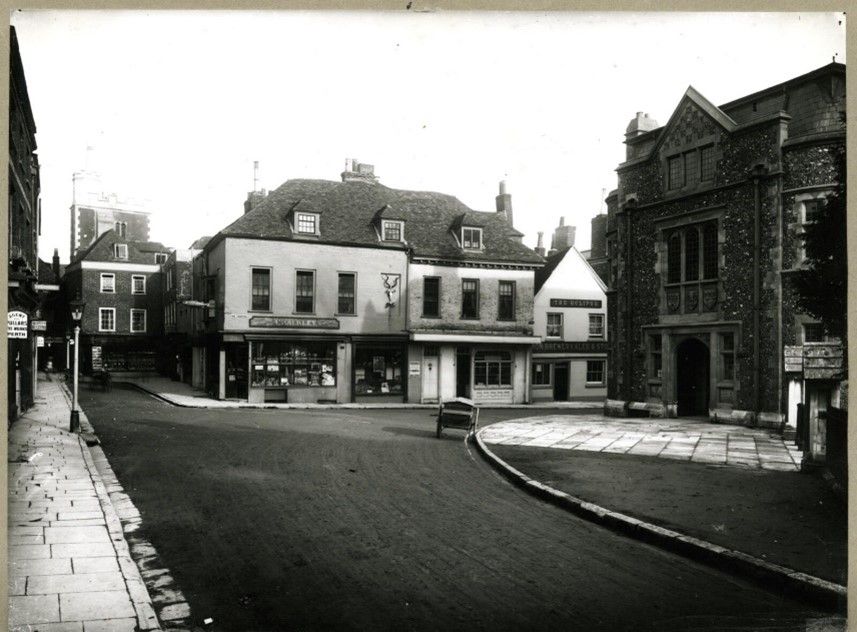
Alderman Jacob continued to play a central role at The Museum as its honorary curator until 1918. At that time, one of the larger collections was a display of taxidermy animals on the top floor, ranging from birds to gazelles, and even lions.
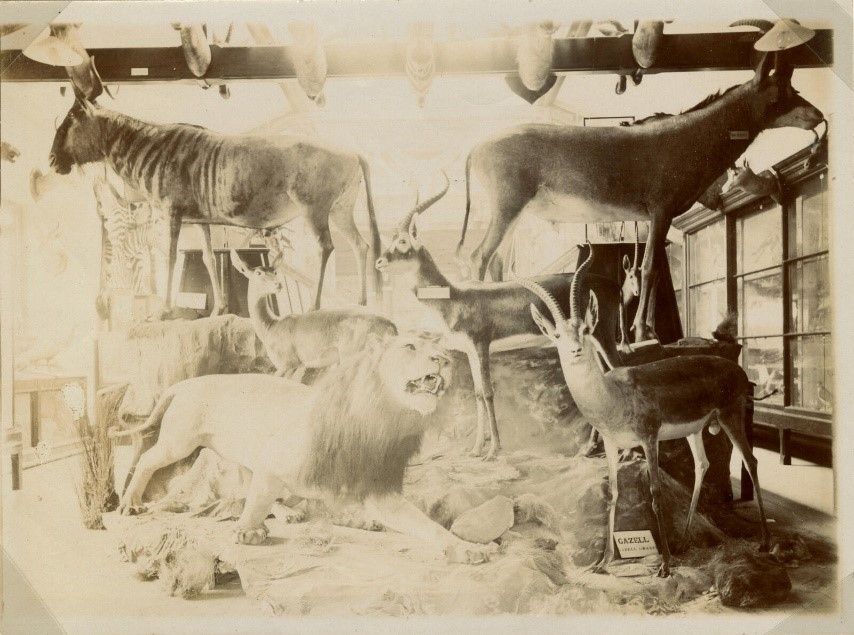
The development of The Museum in 1947 was led by Frank Cottrill, who was appointed as a full-time professional curator. Cottrill was responsible for narrowing the focus of the collection to local history and archaeology. In doing so, he established one of the most important collections of archaeological material in the region.
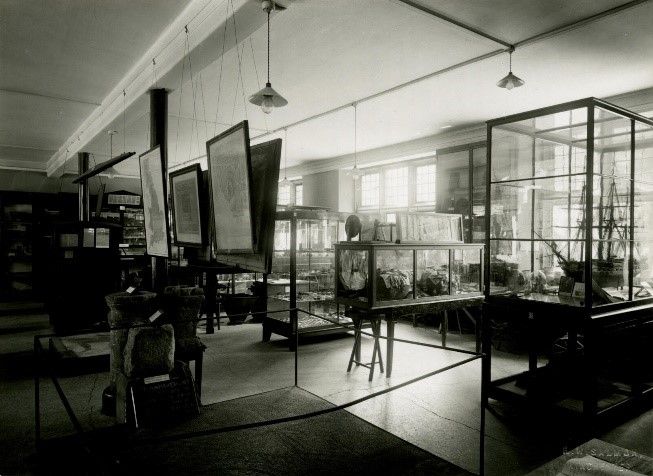
The museum still held a broad collection as seen from records in 1948, ranging from metal work of the late Bronze Age to small replica ships and taxidermy. The large display of taxidermy, present since the original opening of the Museum, is much smaller today, however you can still find hints of the past collections. William Chalkley’s ‘The Card Players’ features rats, reshaped to replicate mice playing cards.
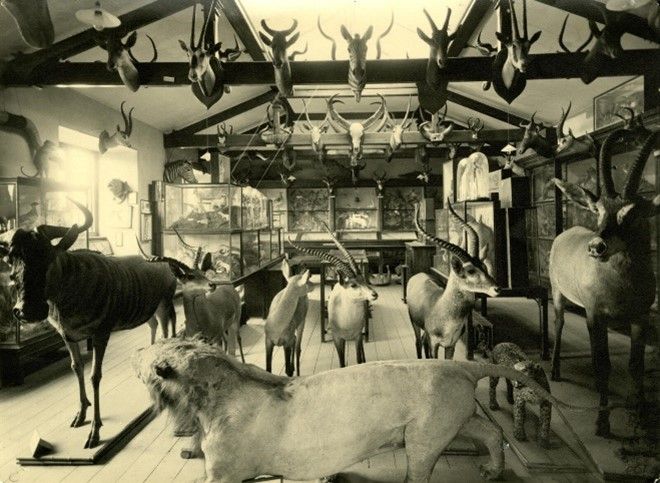
During the 1960s, a series of large-scale excavations increased the understanding of how Winchester had developed over time, but also helped to grow the size of the collection. Mr. Frank Cottrill and Miss. Brenda Capstick, then Assistant of the City Museum, were both responsible for a major portion of the rescue work completed, and among the many who were thanked for their involvement and help in the excavation process. The increased volume of finds meant that a new headquarters was created for the Museum Service at Hyde Historic Resources Centre in 1981. This provided space for offices, collections storage and temporary exhibition space.
Moving towards the turn of the century, City Museum had a complete refurbishment, completed in 2000. This reorganisation helped reinvigorate the display telling the story of Winchester's past, from its origins in the Iron Age and Roman period right through to the 20th century. This layout can still be seen in the museum today. Visitors travel through time, starting in Roman Winchester on the top floor, and finish by exploring Victorian Winchester in 1870 - thanks to the intricate model created by Roger Brown.
The renovation not only updated our gallery space, but improved facilities, making it fully accessible. These improvements included providing a platform lift, an accessible toilet and an induction loop to assist the hard of hearing, resulting in a venue that can be experienced equally by all visitors.
The museum had always encouraged hands-on activities, enabling all visitors to engage in local history and develop their knowledge in an exciting and fun way. These activities ranged from sorting Roman pottery fragments, to handling medieval tiles.
Today we encourage similar activities, with a range of trails for children, historical talks and tours given by our volunteers. This re-development kept in mind the new national curriculum, ensuring that the learning in the museum is accessible for all year groups, especially for their local history study. This is further reinforced with the offer of City Museum school trips, including a joint trip with 878 AD, our new immersive Anglo-Saxon experience – a new kind of museum altogether. All of this enhances students' historical engagement by allowing them to truly see the artefacts in the museum and to feel closer to the history they are studying.

In 2014, the Hampshire Cultural Trust took over the ownership of the museum as part of a large transfer of museums from the Hampshire County Council and Winchester City Council. As of today, The Trust aims to engage and encourage the visitors to the Museum to become involved with their local history. Bringing people together with family-friendly events, trails, and games, we pride ourselves on not only highlighting the history of Winchester but being a welcoming and exciting venue for all that visit us, for hopefully another 120 years!
Discover Winchester City Museum with a Winchester Museums trio ticket - including a year's access to City Museum, Westgate Museum and 878 AD!
